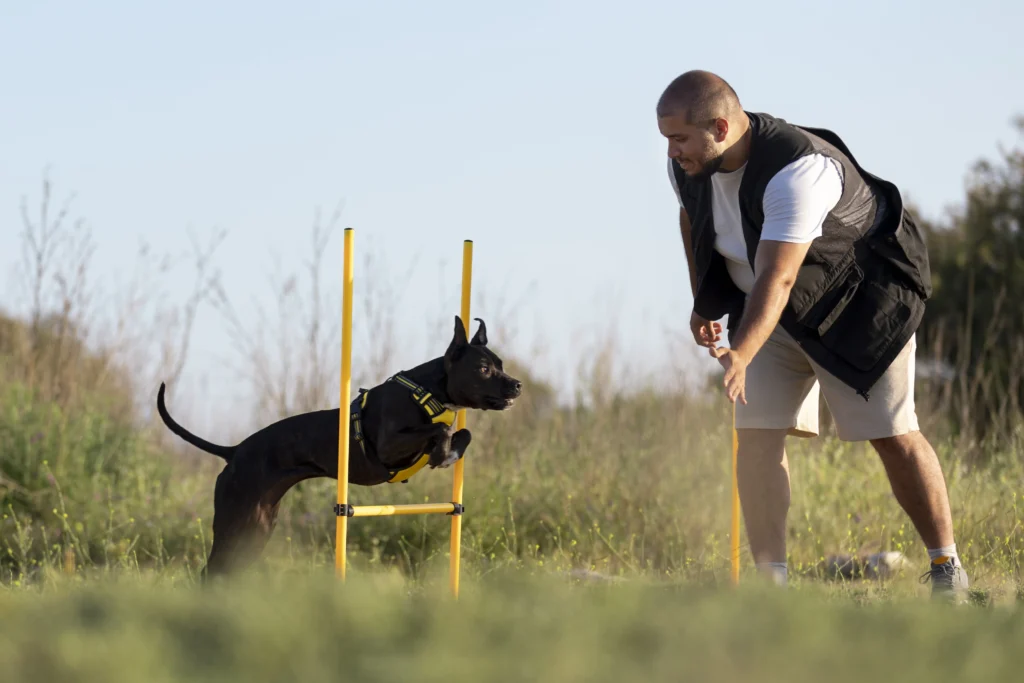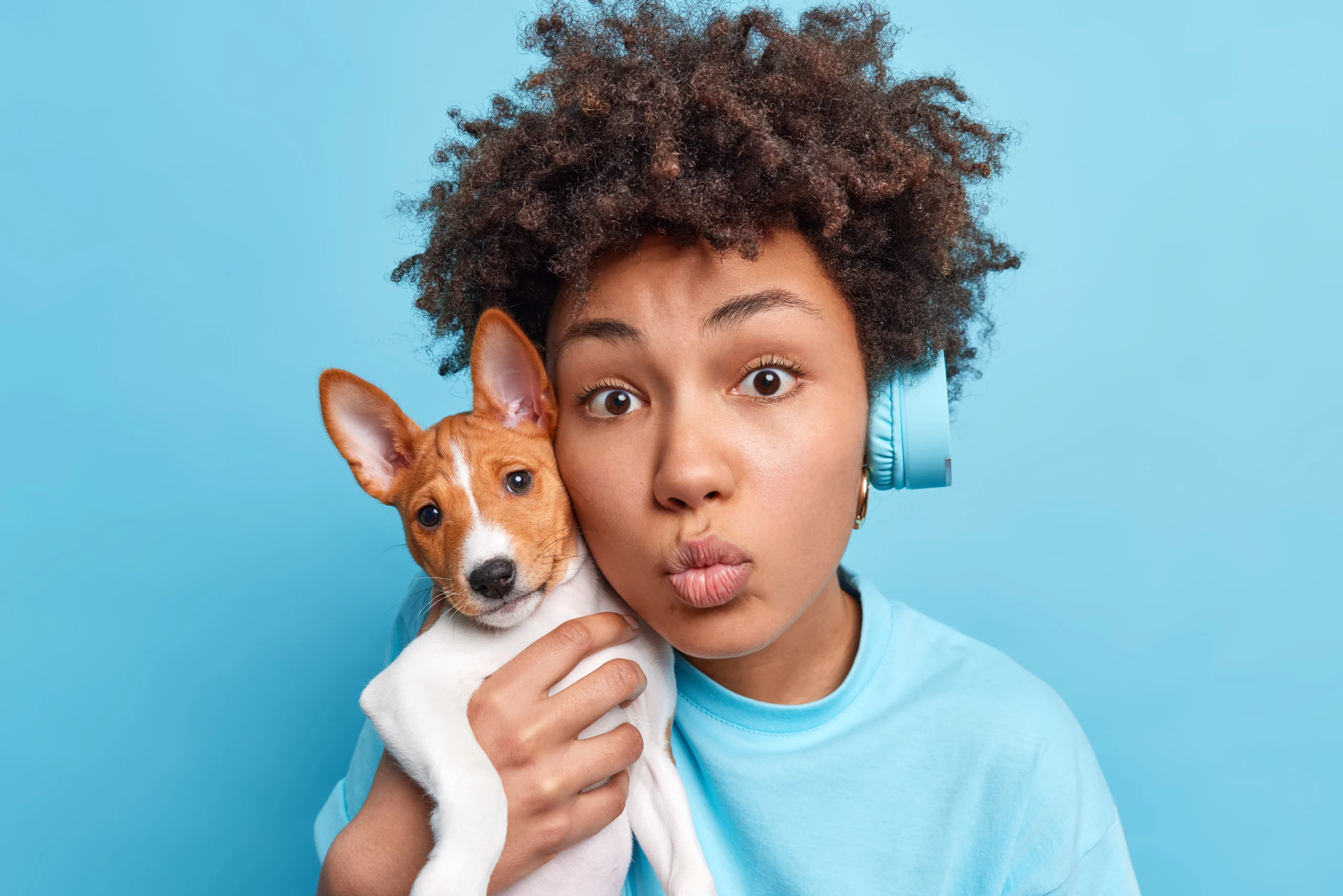When we think of Seeing Eye Puppy Training, we often imagine loyal companions aiding individuals with visual impairments. However, this image barely scratches the surface of the intricate training process that transforms an ordinary puppy into an extraordinary guide dog. It’s a journey filled with challenges, growth, and triumphs. But what makes this training truly remarkable is not just the dedication involved, but the complexity and unpredictable nature of the process—something that requires both perplexity and burstiness in the training methods.
What is a Seeing Eye Puppy?
A seeing eye puppy, or guide dog, isn’t just a well-behaved dog; it’s a specialized service animal trained to navigate the world alongside a visually impaired handler. These dogs become vital extensions of their owners’ lives, providing them with independence, safety, and confidence. The journey to becoming a seeing eye dog begins the moment these puppies are born. Their training is a carefully orchestrated blend of socialization, obedience, and real-world experiences, taking anywhere from 1.5 to 2 years to complete.
The process involves numerous stages, each requiring different skills, and challenges that demand both patience and expertise. Whether through organizations like Guide Dogs for the Blind or The Seeing Eye, these pups embark on a path that shapes them into capable, trustworthy guides.
The Early Stages: Laying the Foundation
At the onset, seeing eye puppies experience a crucial phase—socialization. It’s a phase that could be compared to the early years of human life, filled with learning, exploration, and exposure to the world around them.
- Immersion in different environments: Imagine a tiny puppy experiencing bustling streets, noisy crowds, and the scent of different terrains. From urban jungles to quiet parks, these pups must adapt to all sorts of places, learning to remain calm and composed amid chaos.
- Learning to co-exist: Puppies are also introduced to other dogs and animals. They must learn the art of cohabitation, focusing on their handler, even when other animals are around.
- Forming bonds: Perhaps the most vital aspect of early training is developing a bond with the human caregiver. Puppies are taught to trust, learn, and understand their role in the world. Their focus must be unwavering, despite the overwhelming distractions that constantly surround them.
Obedience Training: The Backbone of a Guide Dog
Once the puppy has been socialized, obedience training becomes the next crucial step. Here, the foundation for everything else is laid. Without obedience, the rest of the training wouldn’t be effective. These lessons aren’t just about teaching commands like sit, stay, or come—they are about forging a connection between the handler and the dog.
- Positive reinforcement: Through treats, toys, and affection, the puppy learns that good behavior leads to rewards. This strengthens the bond, creating a cooperative working relationship.
- Leash etiquette: Walking on a leash isn’t just about staying close; it’s about being attuned to the handler’s movements. The puppy must learn not to pull or lunge but instead walk calmly, always aware of the subtle cues its handler gives.
Advanced Guide Dog Skills: Mastering the Complexities
As the puppy matures, the training takes on a more specialized and advanced nature. The dog now begins to understand that its role is much more than just a well-behaved companion—it’s a guide, a protector, a partner.
- Navigating obstacles: This phase is an intricate dance between the puppy and its handler. It’s about learning how to navigate through a maze of obstacles, from trees to parked cars, curbs to potholes. The dog must anticipate the needs of the handler and guide them safely through the environment.
- Street crossings: Here, the dog learns the life-or-death importance of waiting at curbs, gauging traffic, and, at the right moment, leading their handler across busy streets.
- Intelligent disobedience: Perhaps one of the most impressive aspects of guide dog training is “intelligent disobedience.” A dog must know when to ignore a command for the safety of its handler. If the handler, for example, orders the dog to cross into dangerous traffic, the dog must refuse, regardless of previous training.
The Role of Puppy Raisers: Unsung Heroes
The journey of a seeing eye puppy is not a solitary one. Puppy raisers are the unsung heroes who provide the first steps of this critical process. These volunteers take the puppies into their homes, nurturing them during the critical formative months. They socialize them, instill basic commands, and—perhaps most importantly—set the tone for their future service.
Becoming a puppy raiser is not for the faint of heart. It requires dedication, time, and a love for these animals. Puppy raisers work hand-in-hand with professional trainers, ensuring the puppies are on the right path to becoming trusted service dogs. If you’re interested in this life-changing role, you can learn more through organizations such as Guide Dogs for the Blind or The Seeing Eye.
The Challenges of Seeing Eye Puppy Training
Training a seeing eye puppy isn’t a smooth, uninterrupted journey. The road is filled with bumps, some expected, some unforeseen. Every dog is different, and some may take longer to grasp certain concepts. Distractions, environmental factors, and the natural tendencies of the puppy all contribute to the challenge.
Yet, despite these hurdles, the process is ultimately rewarding. With each obstacle overcome, the bond between the dog and its handler grows stronger. Each success, no matter how small, brings the puppy closer to becoming a capable guide.
How You Can Support Seeing Eye Puppy Training
If you want to contribute to the success of seeing eye puppies, there are several ways to get involved:
- Donate: Your donations help fund essential training programs. Whether it’s a one-time donation or a monthly contribution, your support makes a huge difference. Consider donating to organizations like The Seeing Eye or Guide Dogs for the Blind.
- Volunteer: If you’re looking for a more hands-on approach, becoming a volunteer puppy raiser or trainer could be the perfect way to make a tangible impact on the life of a seeing eye dog.
- Advocate: Spread the word. Share the importance of seeing eye puppies with your community, and advocate for the organizations that train them. Awareness can lead to greater support and change.
Conclusion: A Journey Worth Taking
Seeing eye puppy training is far more than just teaching a dog basic commands. It’s about crafting a lifelong partnership that provides independence, safety, and a sense of security to individuals who rely on these extraordinary animals. From the first moments of socialization to the final stages of guide dog certification, each step is marked by patience, perseverance, and an unwavering commitment to excellence.
For more information about seeing eye puppy training and how you can get involved, visit the following organizations:
In the end, the journey of seeing eye puppy training is not just about shaping a dog—it’s about transforming lives.



